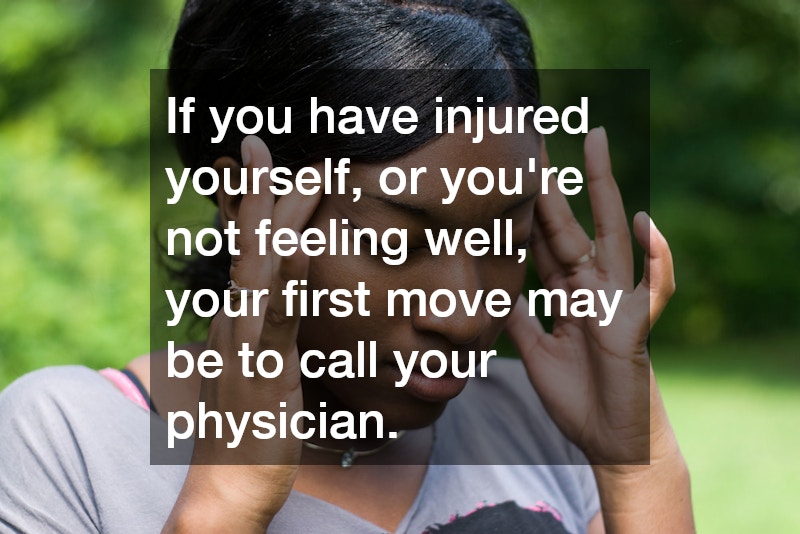
If you have injured yourself, or you’re not feeling well, your first move may be to call your physician. If you can’t get an appointment today, and you want treatment, you’ll need to decide whether your injury warrants a trip to the emergency room. Depending on your condition, you might prefer one of your local urgent care centers. According to Good Rx, an urgent care center is appropriate for non life threatening injuries.

Examples of non-life threatening injuries include sore throats, urinary tract infections, or small cuts. When you arrive at the urgent care triage, their staff will determine the seriousness of your condition. These centers are usually staffed with physicians, nurse practitioners or physician assistants. Patient care assistants will ask about your health history and your symptoms and measure your vital signs.

Benefits of urgent care centers include their availability without an appointment. Urgent care facilities usually have a shorter waiting time than an emergency room. Most of those facilities offer lab facilities and X-ray services on-site. However, if you have a life-threatening condition, such as chest pain or a deep cut, it’s more appropriate for you to go to an emergency room.

The landscape of the American healthcare system is rapidly changing. Within the last decade, significant changes have been implemented, such as the passing of the Affordable Care Act which requires all U.S. citizens to carry some form of health insurance. In addition, urgent care centers have taken on a much more significant role and have grown far beyond their “quick-fix” reputation. In fact, local urgent care centers have been thrust to the forefront of the American healthcare system as they continue to close the gap between primary care physicians’ offices and hospital emergency rooms.
While urgent care clinics are designed to treat acutely occurring illnesses and conditions, they’ve grown into their new role and have taken on a wider variety of treatments. For example, nearly 70% of urgent care clinics are equipped to provide intravenous (IV) fluids when needed. In addition, it’s now common for urgent care centers to have in-house dispensaries which allow patients to leave with their prescribed medication in hand. However, as urgent care centers continue to expand their repertoire of services, the lines between emergency and urgent care begin to blur.
While similar, urgent medical care is not a replacement for emergency treatment. Both are designed to treat acute conditions, however, emergency treatment should only be reserved for true emergencies. For example, if you or someone you know is experiencing chest pain, shortness of breath, or numbness and tingling in your limb’s, you should go directly to a hospital.
On the other hand, many urgent care centers are equipped to treat serious but non-life threatening conditions and injuries such as the flu, cuts, sprains, and even some fractures. If you’re unsure of the range of services offered at your local urgent care center, it’s best to contact them in order to clarify. Understanding the difference between emergency and urgent care can not only save you money, but it can save your life as well.

